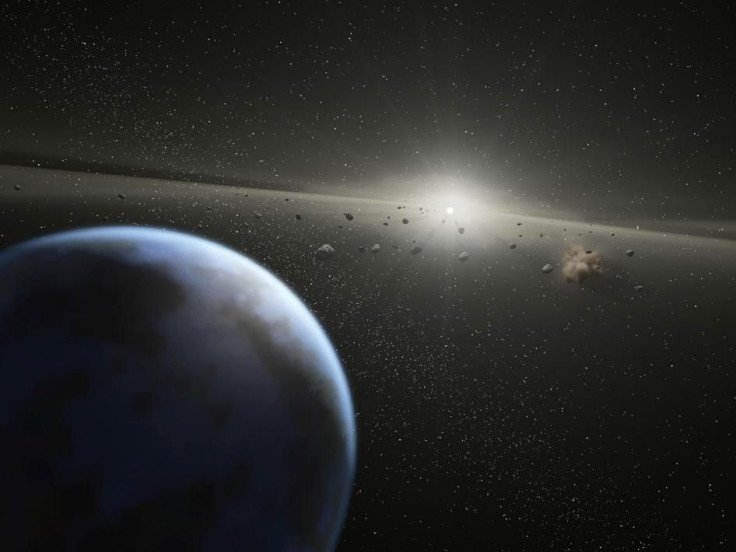NASA Warns 2 Potentially Hazardous Asteroids To Have Near-Collisions With Earth This Week

KEY POINTS
- Two massive asteroids will approach Earth this week
- The asteroids follow Earth-crossing orbits
- NASA labeled the asteroids as potentially hazardous
NASA’s tracking system has detected two massive potentially hazardous asteroids that are currently headed for Earth. Both asteroids are capable of causing major impact events if they collide with the planet.
The first dangerous asteroid that’s currently approach Earth has been identified as 2019 XQ3. According to NASA’s Center for Near-Earth Object Studies, has an estimated diameter of 1,444 feet, which makes it significantly taller than the Empire State building. The agency noted that the asteroid is currently flying across space at over 63,000 miles per hour.
The second asteroid that will enter Earth’s neighborhood is called 216258 (2006 WH1). Although 216258 (2006 WH1) is moving slower than 2019 XQ3 at an average speed of 26,000 miles per hour, it is significantly more massive. According to CNEOS, this asteroid is about 1,772 feet wide.
Both asteroids have been classified as Apollos, which means they follow orbits that take them around the Sun and certain planets within the Solar System. From time to time, these asteroids cross the path of Earth.
Due to their Earth-crossing orbits and massive sizes, they have been labeled as potentially hazardous. According to NASA, potentially hazardous asteroids are near-Earth objects that can make threatening close approaches to the planet.
If either 2019 XQ3 or 216258 (2006 WH1) hits Earth, the collision would lead to a major impact event on the planet. These asteroids could create a crater that’s over four miles wide and send blast waves traveling across great distances.
Given their overall size and current speed, an impact event caused by 2019 XQ3 or 216258 (2006 WH1) could destroy an entire city.
Both asteroids are expected to make their near-Earth approaches before the weekend. According to CNEOS, 2019 XQ3 will fly past Earth on Dec. 19 at 8:45 am EST. During this time, the asteroid would be about 0.04320 astronomical units or roughly 4 million miles from the planet’s center.
216258 (2006 WH1), on the other hand, will enter Earth’s vicinity on Dec. 20 at 10:17 am EST. This massive asteroid is expected to approach Earth from a distance of 0.03904 astronomical units or about 3.6 million miles during its visit.
© Copyright IBTimes 2025. All rights reserved.





















